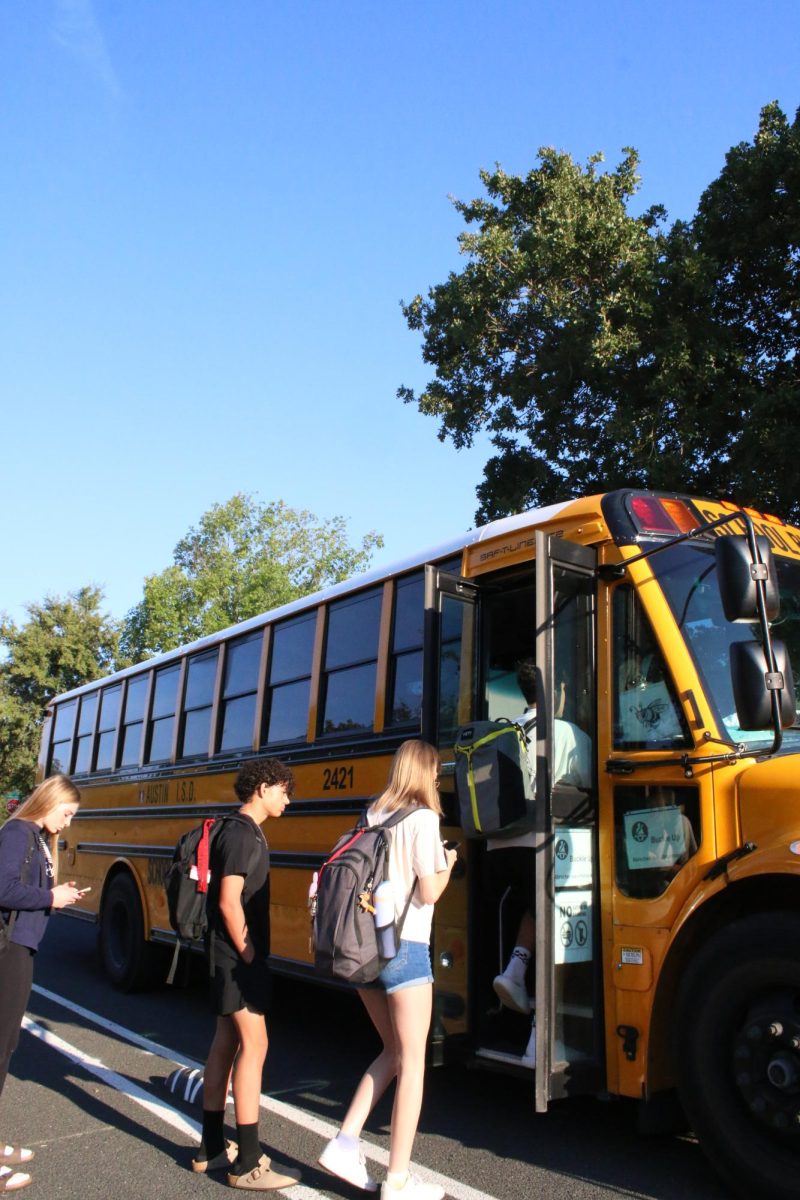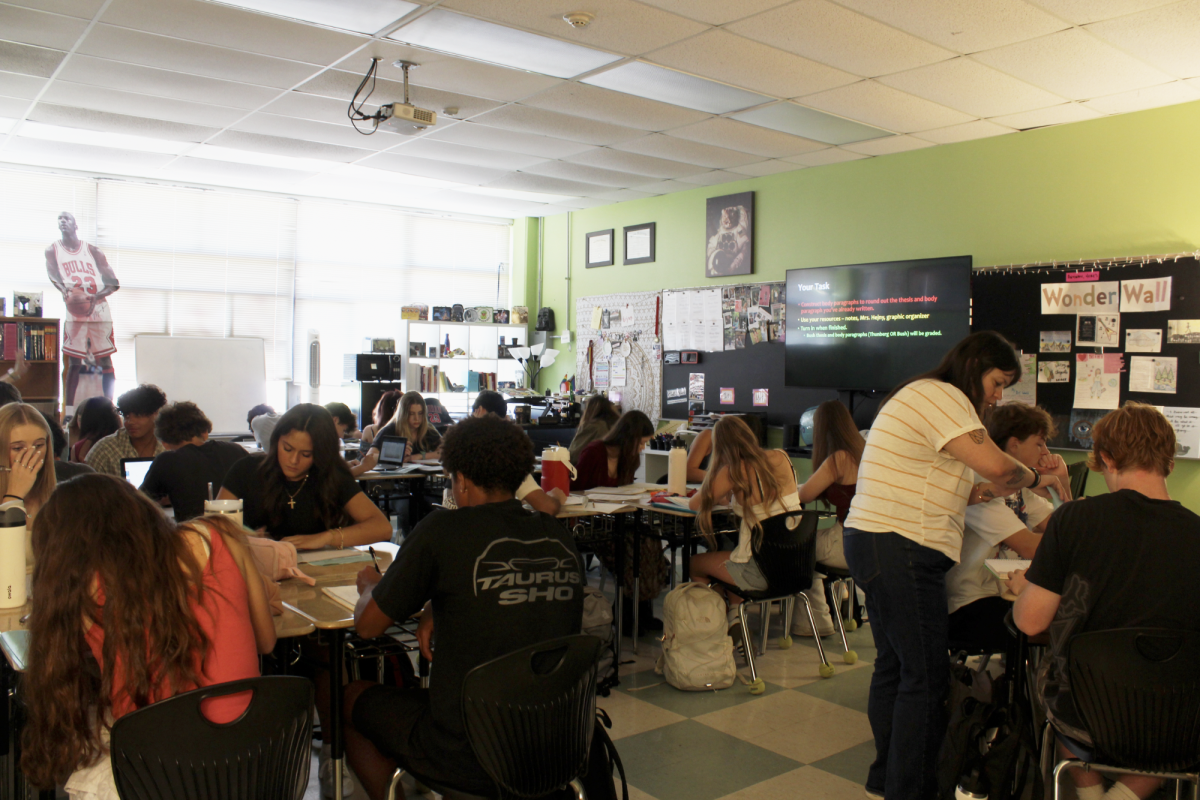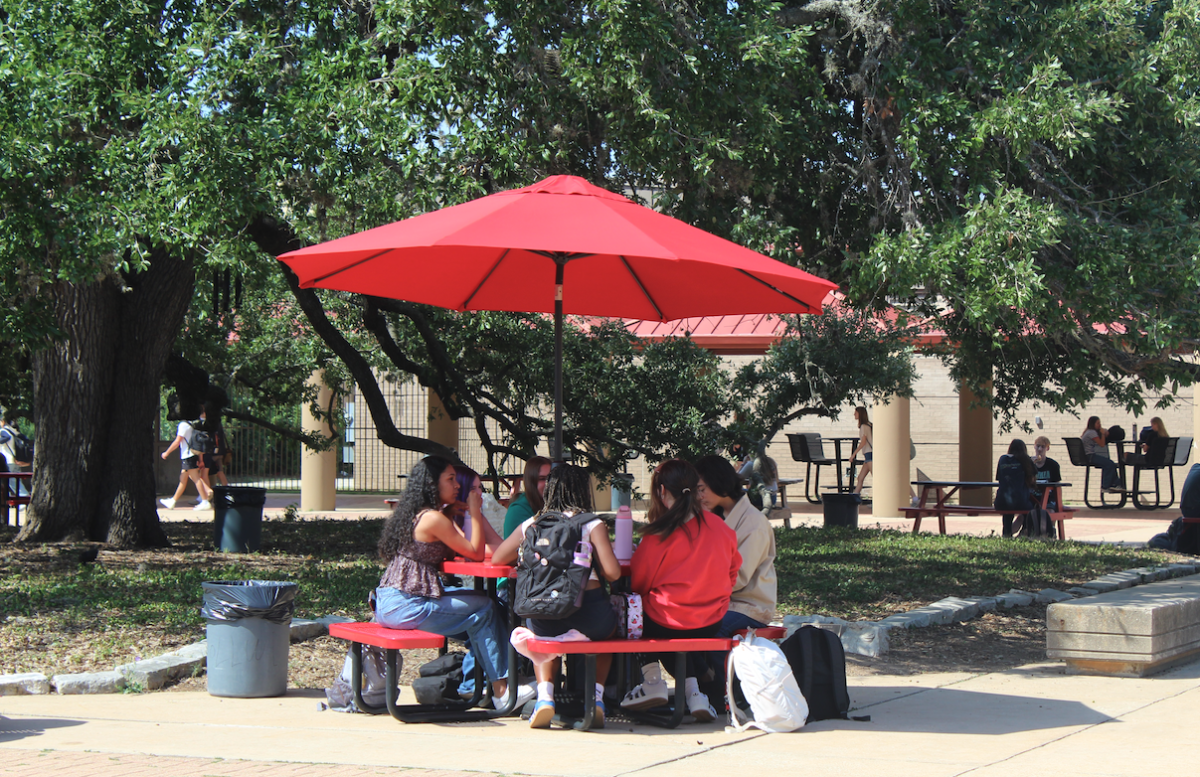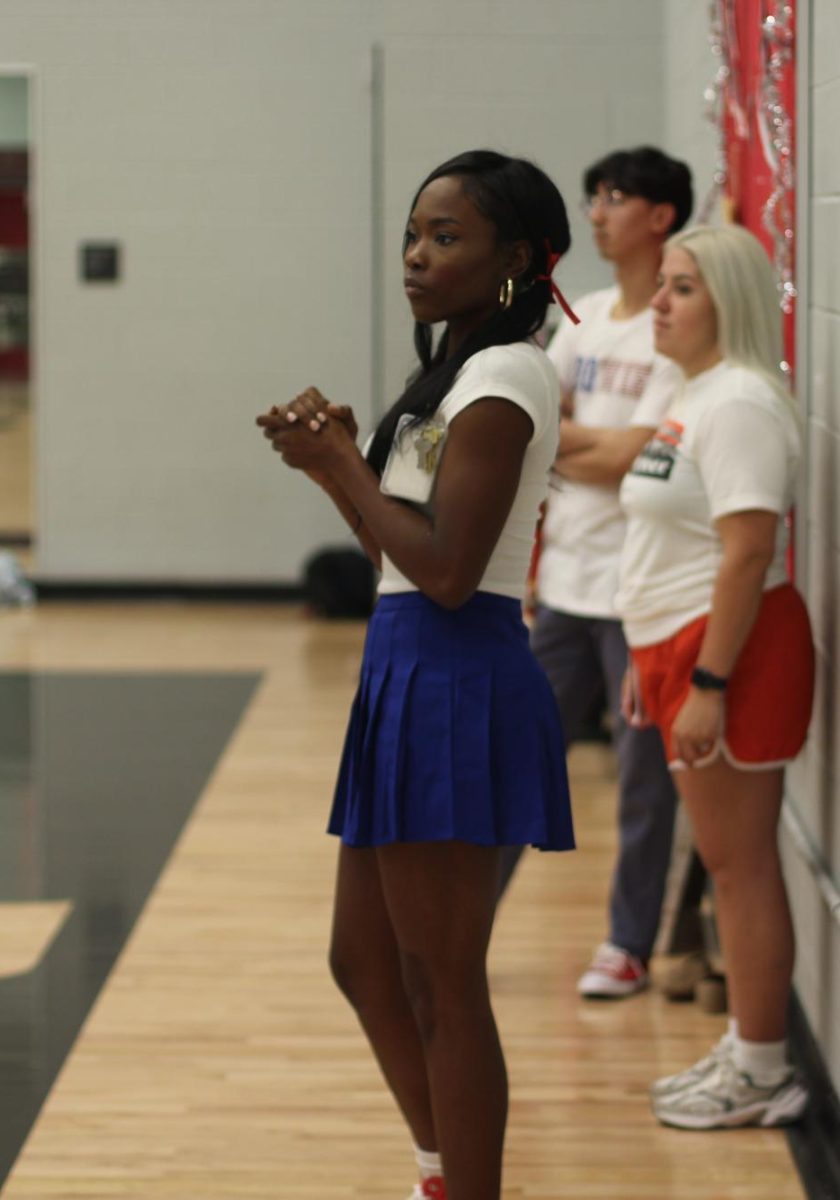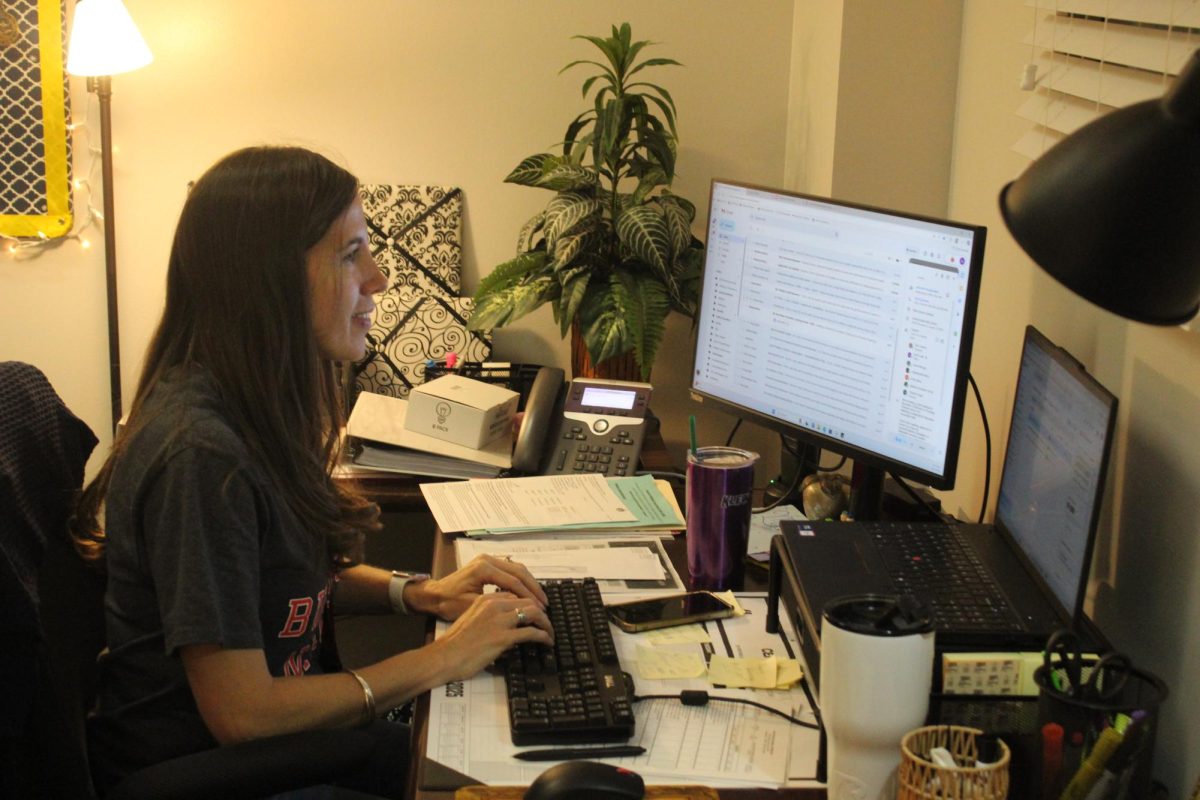The final bell sounds at 4:35 p.m. on a Friday afternoon. Eager students move quickly through the hallways out to the bus stop in hopes of getting home to start the weekend as soon as possible. What awaits them is an unknown. Will their bus be there, or will it be late again? Some students will get on a bus and be on their way, but for others, a late bus which could arrive as much as 20 minutes late means they won’t be home until much later than planned.
The buses coming to Bowie have been constantly arriving late to pick up students, and this concern is not new. For many students, this has been part of their after school routine for years. And according to Assistant Principal Paulette Walls, this is out of Bowie’s hands.
“The interesting thing about buses is that while we monitor, supervise, and provide support for students, for buses on campus, we as a campus have no control whatsoever, on the schedule, on the location, or on the time,” Walls said. “Those are all done at the district level.”
In recent years, due to some of the changes made on the district level, trying to be more concise within the finances district, the number of buses provided for AISD has dropped, decreasing quite noticeably. This, along with the difficulty in finding alternate bus-drivers has contributed to some of the delays.
“If we go back a couple of years, we had about 21 buses, and then the year after that we went down to 20; and last year the number went down to 18. A notable difference in the number of buses that we used to offer, on the number of routes and opportunities that we offered for students,” Walls said. “In addition to that, it’s not like you can easily provide subs for buses because they have to be trained to drive the buses.”
Bowie also happens to be one of the final parts of a bus driver’s route at the end of the day, which starts on the elementary school level, onto middle school, and finally to high school, which can be coupled with the lessening of buses available.
“Because there’s fewer drivers, some are having to go way out past the Lady Bird Center to drop off for the middle school,” Walls said. “Now just imagine them coming back out of that traffic and onto Slaughter traffic, to get here to Bowie. That bus is always late.”
The lateness of buses arriving at Bowie tends to be primarily in the afternoon, with little to no delays in the morning. If the bus were to be late, all students who would be marked tardy due to the buses would be excused. The timing window for when buses can get to Bowie on time, isn’t as narrow either, which increases the possibility of them being on time.
“The buses have been wonderful when going to school,” junior Eli Sur said. “They get us there on time every day.”
The impact of the buses on students goes further than arriving late in the afternoon, with the declined number of buses, many to all of the seats are taken up and sometimes students are not able to take the bus home.
“The bus has had to kick students off the bus more than five times this year,” junior Brandon Liu said. “Last year it was like every day for the first two weeks.”
Not allowing students on the bus has to do with the crowds on the bus, but also with the fact that all juniors and seniors, even if they drive, are reserved a seat on the bus, no matter what. Which holds precedence over students with bus passes and complicated whether that student is able to get home.
“An upperclassman could be in an area where a bus picks up, but they drive, but if they don’t drive they’re still entitled a seat on that bus,” Walls said. “So, if every senior decided not to drive, I know that’s not going to ever happen, the bus drivers would have to make sure every single person is able to ride that bus. That means the people who are not guaranteed a spot on that bus with a bus pass will have to get off.”
However, with the start of every school year the buses have to adjust to new routines and traffic which can cause delays in the times the buses pick students up; principal Mark Robinson does believe that these delays are temporary, that it will improve as the school year moves forward.
“As families get into better routines and drivers figure out traffic patterns and we all adjust a little bit, then buses should get more efficient quickly,” Robinson said.



